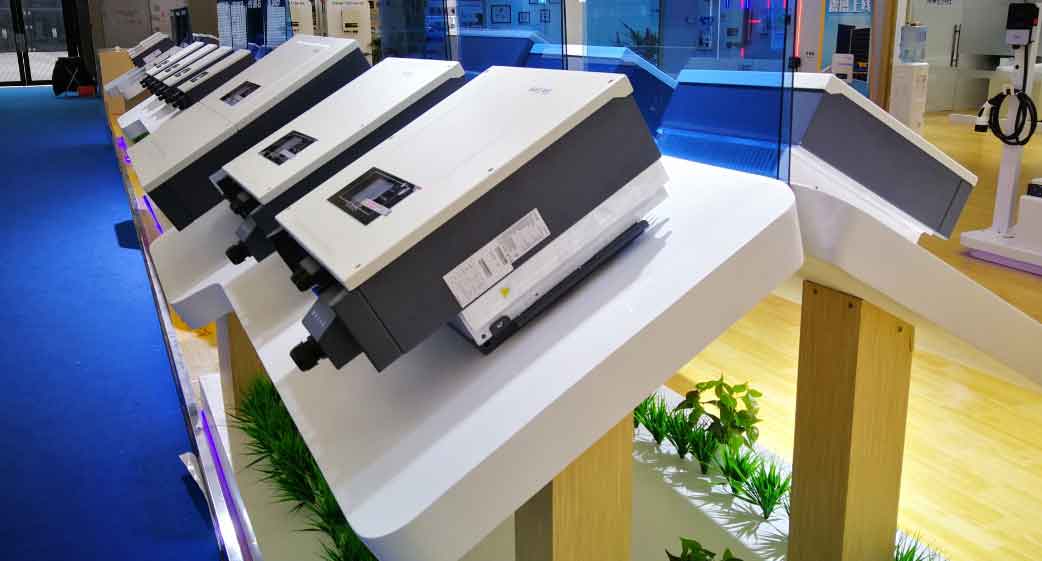The integration of renewable energy sources necessitates advanced control strategies for energy storage inverters. This article proposes a hybrid virtual synchronous generator (VSG) control strategy to address frequency regulation challenges while preventing battery overload.

1. Fundamental VSG Control Principles
Traditional VSG control for energy storage inverters emulates synchronous generator characteristics through:
$$ J\frac{d(\omega – \omega_n)}{dt} = P_{set} – P_e – D_p(\omega – \omega_g) $$
$$ U_{ref} = U_n + \frac{k_u}{s}(Q_{set} – Q_e) + D_q(U_n – U_g) $$
| Parameter | Description |
|---|---|
| J | Virtual inertia |
| Dp | Active power droop coefficient |
| ku | Reactive integration gain |
2. Power Control Limitations
Conventional VSG demonstrates inherent steady-state errors in energy storage inverters:
$$ \lim_{t \to \infty} P_e = P_{set} + D_p(\omega_n – \omega_g) $$
$$ \lim_{t \to \infty} Q_e = \frac{k_u}{k_u + D_q}Q_{set} + \frac{D_q}{k_u + D_q}(U_n – U_g) $$
3. Tracking VSG Implementation
The enhanced control strategy for energy storage inverters introduces PI compensation:
$$ H_{track}(s) = \frac{k_{p}s + k_{i}}{s} $$
$$ G_{p}(s) = \frac{K_p(Js + D_p)}{Js^2 + (D_p + K_p)s + K_i} $$
| Mode | Active Control | Reactive Control |
|---|---|---|
| Traditional | Droop characteristic | Voltage compensation |
| Tracking | PI regulation | Direct reference |
4. Hybrid Control Architecture
The hybrid VSG strategy for energy storage inverters combines both approaches through adaptive switching:
$$ S_p = \begin{cases}
0 & |\Delta f| \leq f_{threshold} \\
1 & |\Delta f| > f_{threshold}
\end{cases} $$
$$ S_q = 1 – S_p $$
Key operational thresholds for energy storage inverters:
$$ f_{threshold} = 0.5Hz $$
$$ U_{threshold} = 5\%U_n $$
5. Experimental Validation
Transition characteristics between control modes in energy storage inverters:
| Condition | Transition Time | Power Overshoot |
|---|---|---|
| Frequency step | 120ms | 8.2% |
| Voltage dip | 150ms | 6.7% |
Power tracking performance improvement:
$$ THD_{improvement} = \frac{18.22\% – 4.98\%}{18.22\%} \times 100\% = 72.7\% $$
6. Conclusion
The hybrid VSG control strategy demonstrates significant advantages for energy storage inverters in grid-support applications. Through intelligent mode switching, it achieves:
- Frequency regulation capability preservation
- Battery SOC management
- Seamless grid connection maintenance
This approach enhances the reliability of energy storage inverters while meeting modern grid code requirements for renewable integration.
